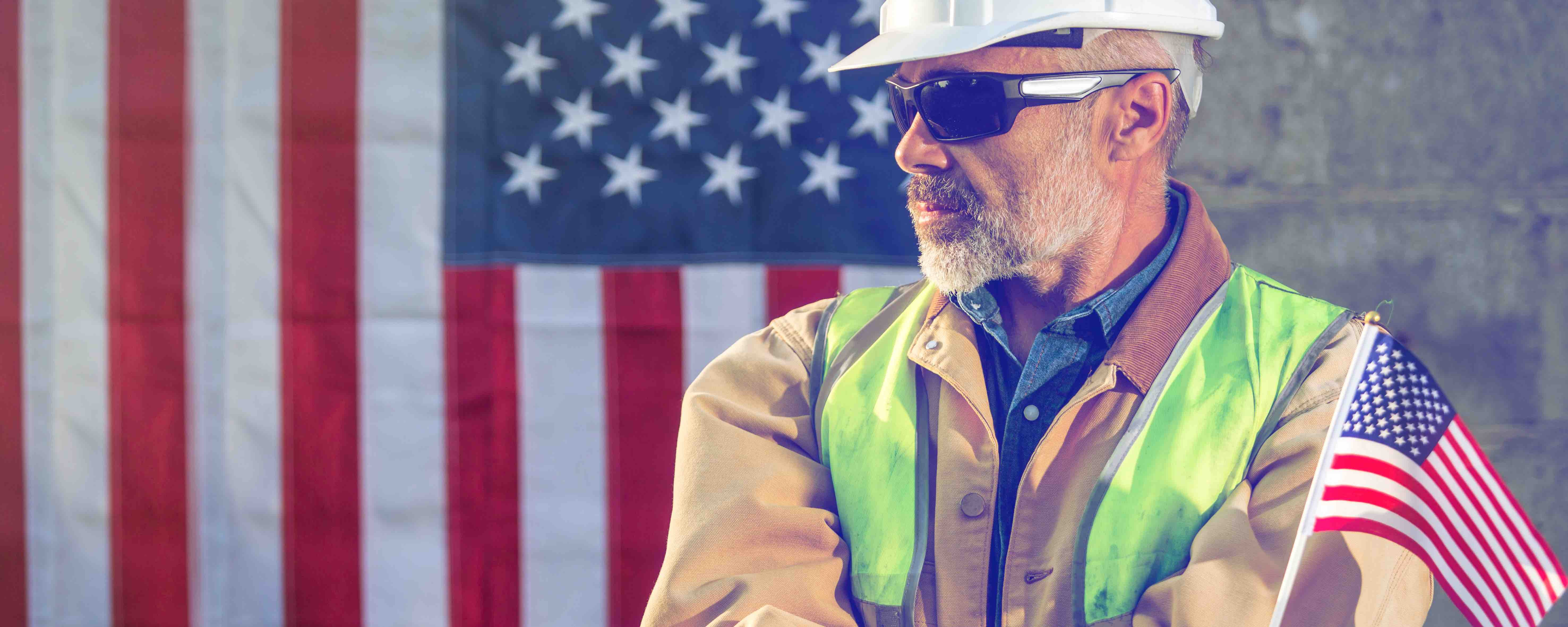 Automation often gets a bad rap. Perhaps it’s the residual impact of a lot of science fiction films that have automation cascade into a full robot take over. The realities of automation are much different. While expectations that some jobs will be made redundant is true, an automated world will also create a lot of jobs, specifically those that handle and work with robotics or cobotics.
Automation often gets a bad rap. Perhaps it’s the residual impact of a lot of science fiction films that have automation cascade into a full robot take over. The realities of automation are much different. While expectations that some jobs will be made redundant is true, an automated world will also create a lot of jobs, specifically those that handle and work with robotics or cobotics.
AI and automation will change the landscape of a lot of manufacturing businesses, but in turn will make them safer, more efficient, increase productivity, and eliminate repetitive tasks that cause overuse injuries and other problems for employees.
In fact, in a 2019 interview with Bloomberg, Marlin CEO Drew Greenblatt noted, “We are using robotics and automation to help our employees be more productive, to be more viable making unique parts, patented parts that we can ship all over the world. It’s critical, robotics and automation is really empowering our employees to make more precision and also make more widgets per hour.” In short, automation will change manufacturing, but likely not in the way you expect.
Quick Links- What is Automation?
- Why is Automation Important to Manufacturing?
- What is the Difference Between Robotics and Cobotics?
- The Role Robotics and Cobotics Play in American Manufacturing
- How Marlin Steel's Products Can Facilitate Your Shift to Automation
What is Automation?
Automation is really a pretty broad term as it includes any number of technologies, from robotics and cobotics to AI, that facilitates the completion of processes while limiting human involvement. These processes can, and currently do, include everything from creating, producing, and delivering both products and services.
Why is Automation Important to Manufacturing?
As noted above, automation has the potential to really improve working conditions for employees all while increasing productivity, enhancing quality and consistency, and improving efficiency and speed.
For example, in the case of Marlin Steel, the company’s dedication to providing top-of-the-line custom wire and sheet metal forms to all of its clients requires the use of manufacturing robotics to assemble parts. The robotics help increase Marlin’s consistency and quality to levels that can’t be matched with manual labor. Similarly, automation improves Marlin’s speed of service allowing Marlin to trump the seasons-long lead times of foreign competitors. Factory automation maximizes production speed.
Perhaps more importantly, robotics and automation actually saved jobs at Marlin Steel—not eliminated them. At a time when the company was struggling under the burdens of losing its core market and a flood of cheap competitor products from Chinese companies, Marlin’s leadership faced the decision to either close its doors or to struggle on.
After a fateful call from a aerospace engineer, Marlin’s CEO realized there was a whole new market that could be tapped—but fulfilling this market’s needs would require a level of precision and quality that manual labor couldn’t meet. This is when Marlin Steel started investing in robotics and automation. The results saved the company from foreclosure—which preserved the jobs of Marlin’s employees.
Many other manufacturing companies are not different from Marlin. The inclusion of automation often enables a company to be far more agile in a marketplace that is evolving and has demands that must be met. Marlin’s ability to pivot, due to automation, is a strength, and one that other companies are similarly investing in.
What is the Difference Between Robotics and Cobotics?
When discussing manufacturing automation, we’re typically referring to two technologies, robotics and cobotics. Of the two, robotics have been around a bit longer. Not only is their history a bit more entrenched, but so is their physical presence.
Traditional manufacturing and industrial robots and robotics are machines designed to do a job. They’re situated in a particular spot, programmed to do one thing, and their flexibility is remarkably limited. They’re programmed to do a job and little else. Because their primary objective is to complete a job, they’re not designed with production/manufacturing floor safety in mind, or capable of easily being retooled or reprogrammed to complete another task. Similarly, their programming demands are rather specific and require individuals with a very specific skill set to program and/or utilize them.
In contrast, cobotics are remarkably flexible. Not only can they physically be moved to different areas of a factory fairly easily, but they can also be retooled/programmed to complete different tasks. Additionally, that reprogramming doesn’t require a complex coding, cobots can be programmed rather easily by an operator. Further, cobots are designed for collaborative work which means that they’re aware of movements and humans in their space. At the risk of injury, a cobot will cease its task whereas a robot cannot.
Depending on a particular industries needs, as well as a particular production facilities needs and limitations, either option might be great, but what’s important is that both serve a similar function and that’s to facilitate the job done by humans, improve quality and consistency, boost productivity, and streamline processes for efficiency.
The Role Robotics and Cobotics Play in American Manufacturing
In just about every industry, robotics and cobotics are part of the future. In fact, in some ways, the recent pandemic accelerated the introduction of automation into many factories.
For example, in food production, robotics are used for a lot of food production where there are considerable challenges related to handling products. Cobotics, however, enabled the industry to meet the challenges of Covid-19 by having humans and cobots working side-by-side to enable social distancing measures while not slowing production.
In the automotive industry, cobots, working side-by-side with employees, are being tasked with inspections that once caused repetitive use injuries in those same workers. They’re able to provide more intensive inspections and higher safety standards by eliminating human error.
At Marlin Steel, robots don’t replace American workers, they supplement them. As much physical labor as these robotics solutions complete, they still need the input of human workers to optimize processes and make parts to fit client needs. Workers who were once losing fingers and eyes to sharpened pieces of metal springing unexpectedly under tension are now doing much safer and more cerebral design and programming work.
There are very few corners of the manufacturing world that won’t be impacted by automation. Rather than fearing it, we should, as Marlin Steel and other industries did, embrace it and harness its power and potential.
How Marlin Steel's Products Can Facilitate Your Shift to Automation
One of the advantages to have a stainless steel product manufacturer who uses automation, like Marlin Steel, is that the degreed engineers understand how to develop and design products that keep in mind the precise needs of automated factory and manufacturing processes.
Whether it’s baskets with hoist hooks for automated transfer processes or the baskets, trays, and carts themselves that require precise measurements and components, Marlin is prepared to help you design for automation.
Marlin Steel automated to save its business, but also to improve safety, efficiency, and productivity. They’d like to help you do the same. Get in touch today.



.gif)


